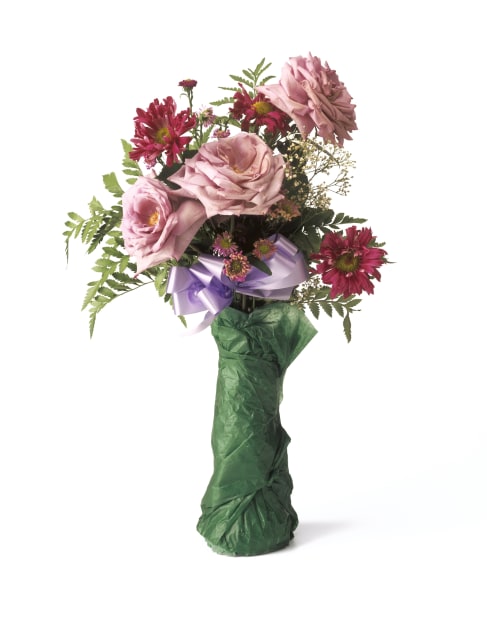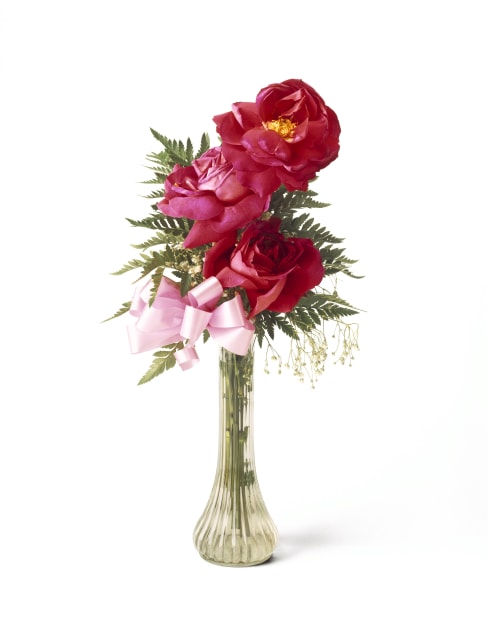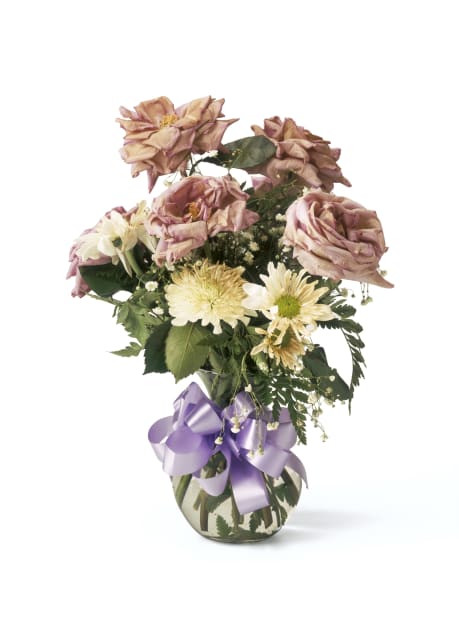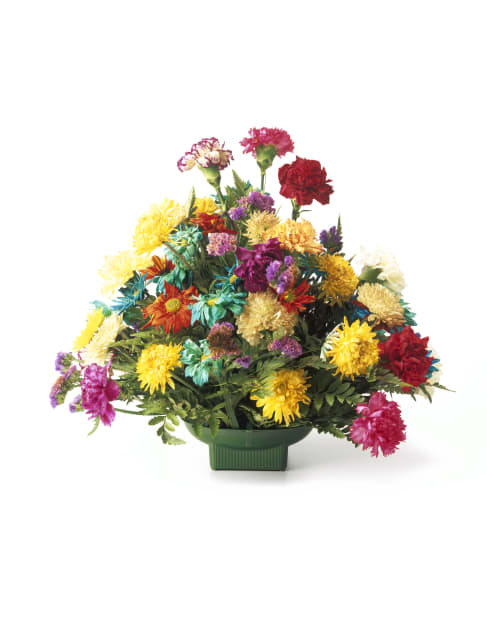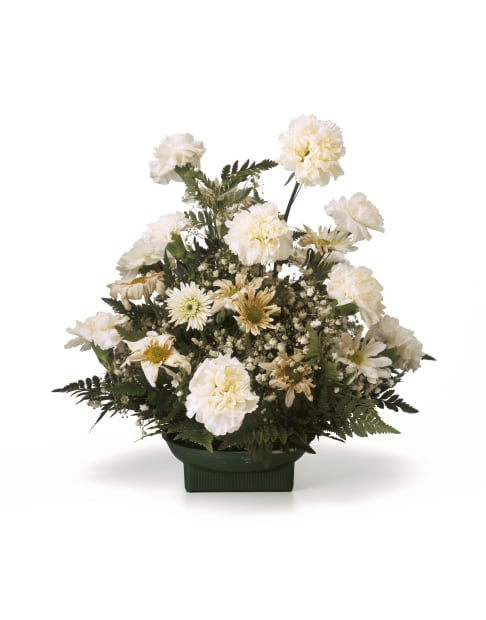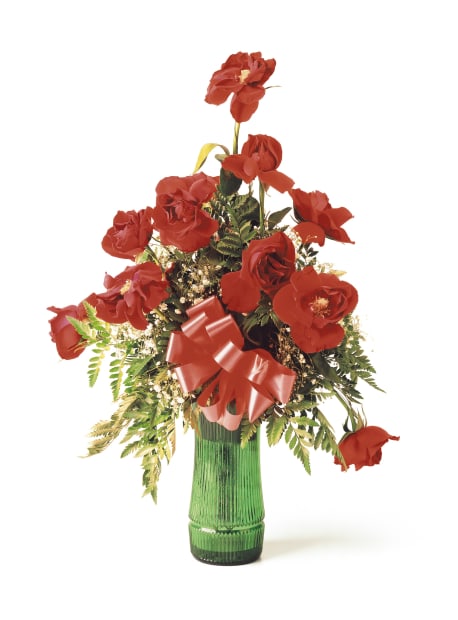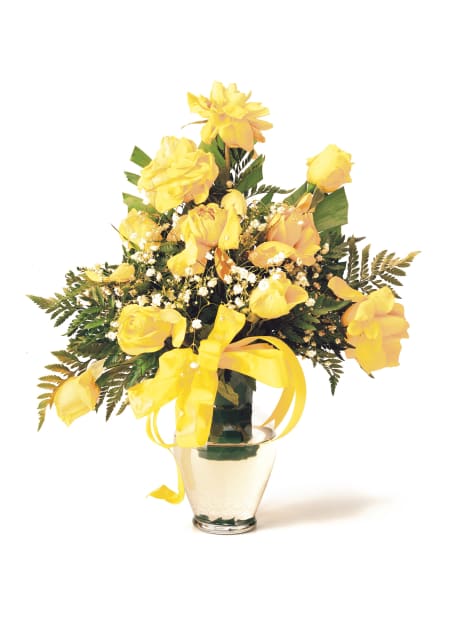"Chuck Ramirez deals with the confluence of personal and social experiences through use of the grid and seriality. As an artist informed by the “objectness” of the image and issues germane to simulation, much of Ramirez’ work employs an icon that is repeated and arranged serially. Like other native Tejano artists—Texans of Mexican-American origins—such as fellow San Antonio artists Jesse Amado and Franco Mondini-Ruiz, Ramirez’ work may be inscribed in the tradition that Donald Judd forged when he moved to Marfa. Combining the lexicon of Minimalism with images drawn from Tejano and queer vernacular cultures, works such as Quarantine address key issues of contemporary experience.
Revisiting the Dutch vanitas genre, Ramirez arranges a series of images of floral displays in a grid. These large-scale digital prints of hospital floral arrangements reference the pain and grief of loss associated with terminal illness. Also recalling the works of Bernd and Hilla Becher, the depicted typology is objectified, purged of context by editing out narrative cues and background settings. Depleted and stark, the flowers convey, through seriality and metaphor, aspects of human experience as lived history. In contrast to artistic traditions in which everyday image is simply drawn from mass culture (from Warhol to Koons), Ramirez charges the simple, humble and banal with vital layers of signification."
Zamudio-Taylor, Victor et al. Políticas de la diferencia: Arte Iberoamericano fin de siglo, Consortium of Museums of the Valencian Community, 2001.
Revisiting the Dutch vanitas genre, Ramirez arranges a series of images of floral displays in a grid. These large-scale digital prints of hospital floral arrangements reference the pain and grief of loss associated with terminal illness. Also recalling the works of Bernd and Hilla Becher, the depicted typology is objectified, purged of context by editing out narrative cues and background settings. Depleted and stark, the flowers convey, through seriality and metaphor, aspects of human experience as lived history. In contrast to artistic traditions in which everyday image is simply drawn from mass culture (from Warhol to Koons), Ramirez charges the simple, humble and banal with vital layers of signification."
Zamudio-Taylor, Victor et al. Políticas de la diferencia: Arte Iberoamericano fin de siglo, Consortium of Museums of the Valencian Community, 2001.

